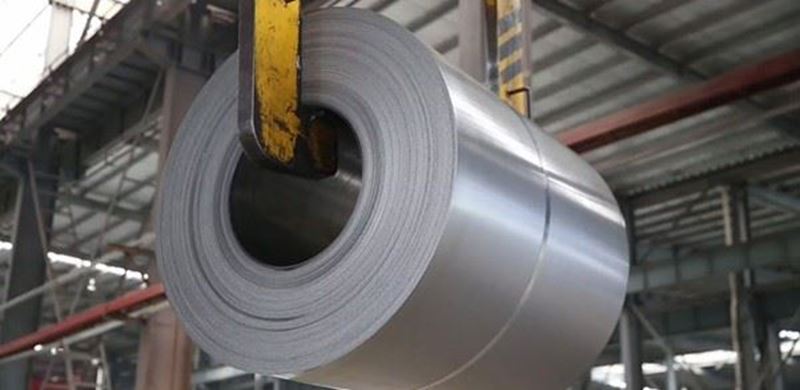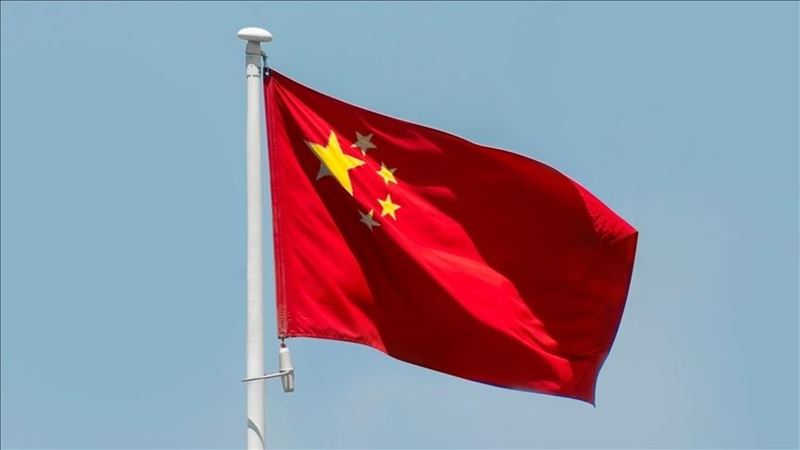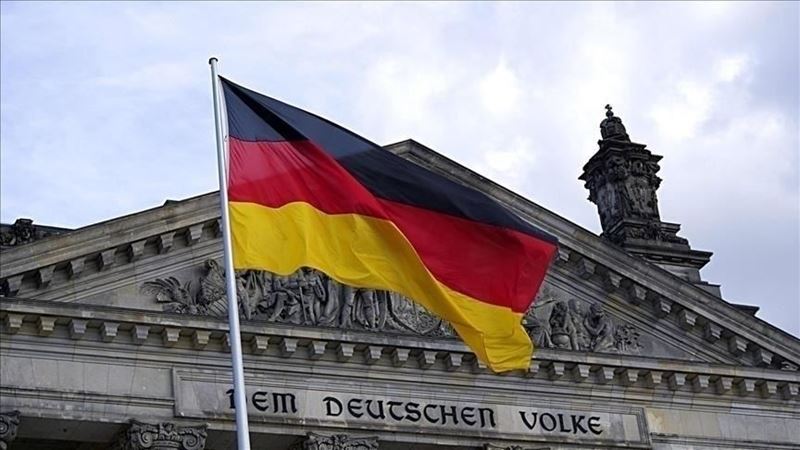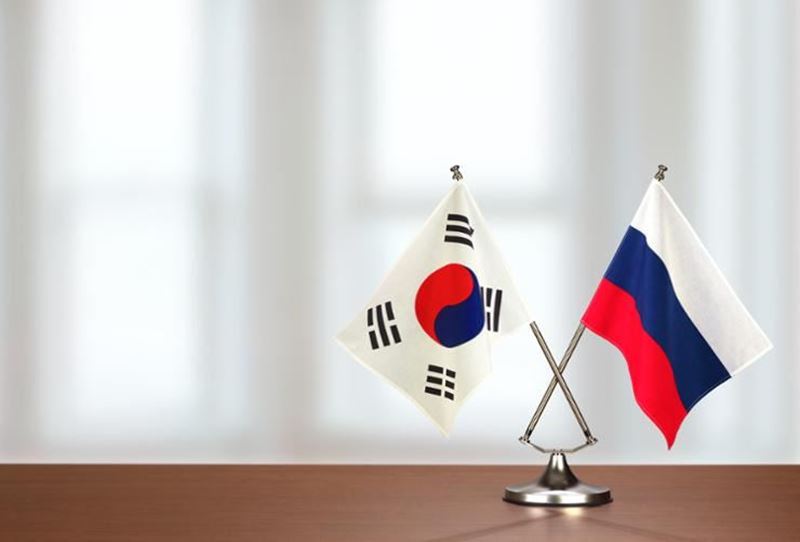According to data from the Ministry of Trade, Industry and Energy, export volumes of steel products have been on a downward trend since the second half of 2022. In the 22 months up to June this year, there were only three months in which exports of steel products did not record negative figures. During this period, exports of steel products decreased by around 10-20%.
The decrease in steel exports is also reflected in the steel trade with China. Korea's steel exports to China decreased from USD 300 million in 2022 to USD 200 million this year. On the other hand, steel imports from China have steadily increased since the second half of 2022, when Korea's steel exports to the world started to decrease. The steel sector's trade deficit with China widened to USD 751 million in May.
The solution to the problem seems difficult in the short term. In the steel sector, the phenomenon of large surplus production flowing into the export market due to the slowdown in domestic demand in China in the first half of the year is expected to continue in the second half of the year. Moreover, demand for steel is not expected to increase enough to compensate for the slump in China, which accounts for about half of the global market.
This will negatively affect Korea's steel exports and the domestic steel industry. It will be difficult to increase exports and domestic producers will have to compete fiercely with Chinese products.
Experts expect supportive steps from the government to help the steel industry overcome this difficult period. In addition, the sector needs to develop innovative solutions and reduce production costs to increase its competitiveness in the global market.









Comments
No comment yet.